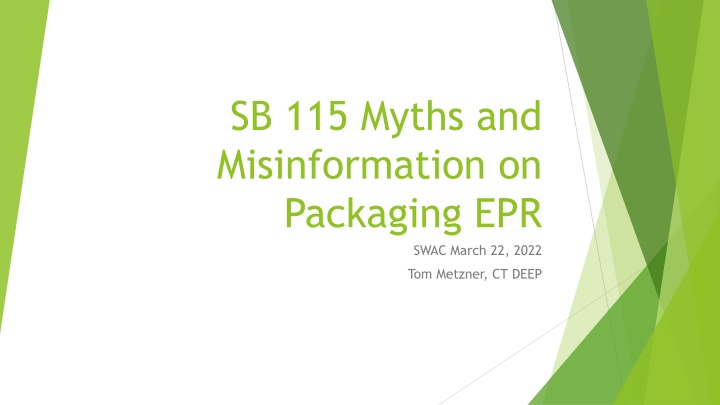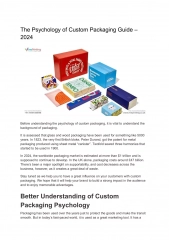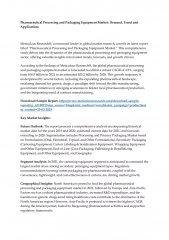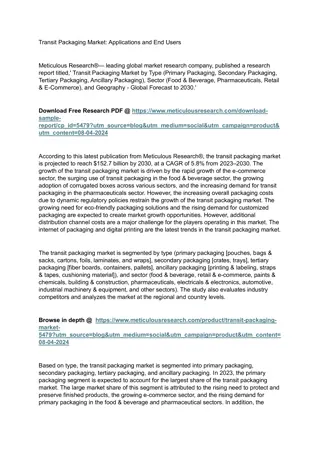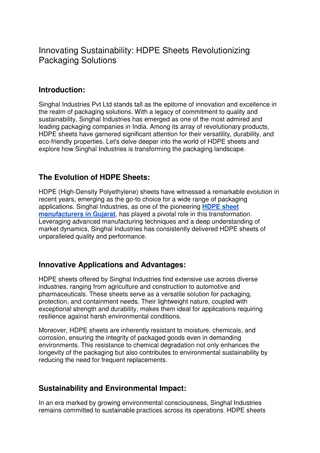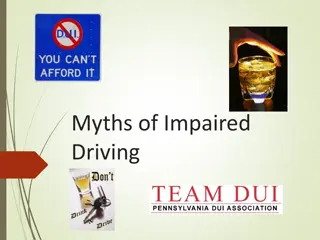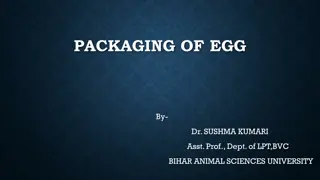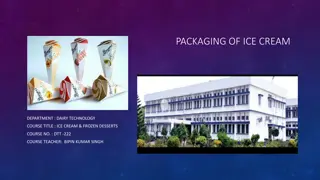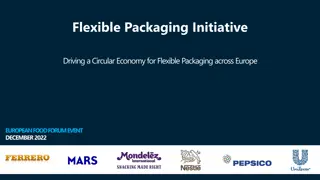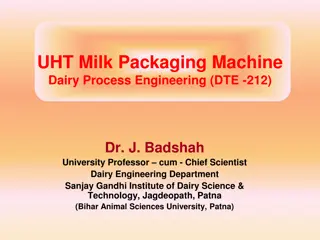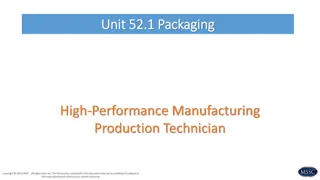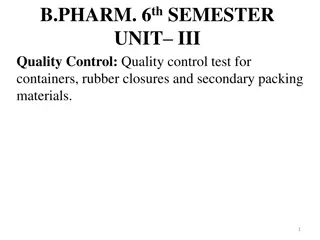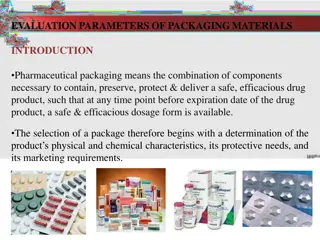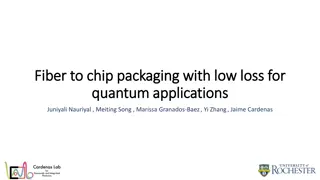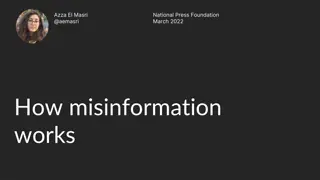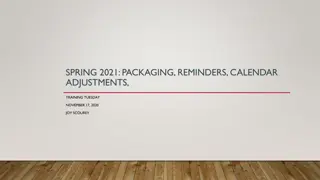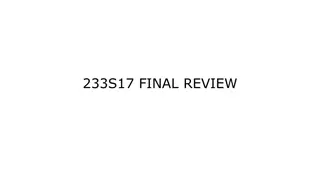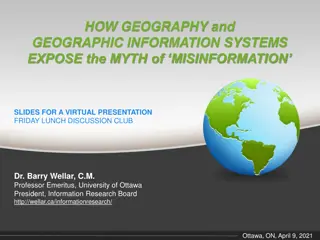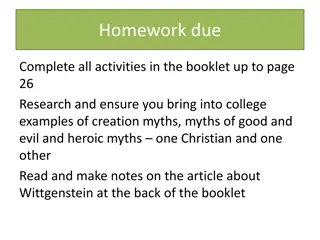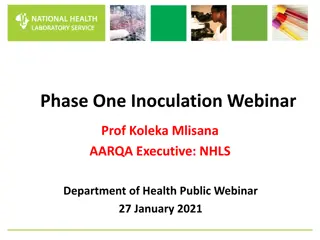Myths and Misinformation on Packaging EPRSWAC
Diving into the complexities surrounding packaging EPRSWAC, Tom Metzner of CT DEEP sheds light on myths and misinformation in this insightful discussion from March 22, 2022.
Download Presentation

Please find below an Image/Link to download the presentation.
The content on the website is provided AS IS for your information and personal use only. It may not be sold, licensed, or shared on other websites without obtaining consent from the author.If you encounter any issues during the download, it is possible that the publisher has removed the file from their server.
You are allowed to download the files provided on this website for personal or commercial use, subject to the condition that they are used lawfully. All files are the property of their respective owners.
The content on the website is provided AS IS for your information and personal use only. It may not be sold, licensed, or shared on other websites without obtaining consent from the author.
E N D
Presentation Transcript
SB 115 Myths and Misinformation on Packaging EPR SWAC March 22, 2022 Tom Metzner, CT DEEP
Myth 1 -The cost of products at retail will go up $700 - $900 per household per year It has already been proven that programs like this have cost tax payers on average over $700 annually . [Consumers] can ill afford what I am told is anywhere from an additional $700-$900 per year. We have seen consumer costs skyrocket; this bill will result in an additional $700 per year to my constituents. Source of this Myth Dr Calvin Lakhan, York University Stated alternatively, the adoption of full producer responsibility will increase grocery costs for a family of four by between $33.47 and $75.32 per month.
Reality on Price Increase no evidence Lakhan study is modeling and not based on real world experience RRS study looked at retail prices in British Columbia and neighboring province and found no correlation between EPR and prices EXPRA (EU PRO) indicated no price increase as a result of packaging EPR The cost to implement EPR is fractions of a penny per product too low to pass on. (Canadian Stewardship Services Alliance, Nov. 2019) Interview with brand owners and EPR implementers in Canada indicate no costs increase Cost to implement EPR in Connecticut would project to $1 billion under Lakhan s assumptions actual cost is $50 $70 million (based on current CT costs and British Columbia household costs)
Myth 2 Connecticuts Recycling Program is already fine The study found that CT is one of the top ten of states with the highest recycling rate for common containers and packaging materials. Connecticut consistently ranks in the top 10, and usually in the top 5, in terms of recycling and waste management in the United States. It is unreasonable to pass a bill aimed at increasing recycling in a state that ranks fifth in the nation in terms of recycling. Source Eunomia Study
Reality There is room for improvement Curbside recycling rate has been stagnant High contamination rate Lack of funding for consistent education EPR has demonstrated significantly higher recycling rates >75% Also from Eunomia Study Recycling polices such as Deposit Return Systems (DRS), kerbside recycling, and extended producer responsibility (EPR) are vital to effective recycling systems .
Myth 3 This Bill Would Consider Burning Plastics Recycling includes a loophole that would allow plastic-to-fuel, so-called chemical recycling or advanced recycling, and other plastic-burning technologies to fall within the definition of recycling . the bill defines recycling in a way that invites a greenwashing technology called chemical recycling, or advanced recycling, which is the burning of plastics to produce fuel, no better a solution than the dirty waste-to-energy incinerators we rely on today. That is not recycling! If enacted, the bill would redefine high-heat incineration of plastics as recycling. Source Misunderstanding of Language in the Bill
Reality DEEP will not consider burning of plastics recycling The bill only considers turning plastics into new plastic products recycling Chemical or Advanced Recycling refers to a number of complex and emerging technologies that the bill would consider Advanced recycling is considered only if environmentally preferable to mechanical recycling Language is consistent with language passed in Oregon and considered in other states for packaging EPR Looks at plastics recovery and recycling wholistically Existing plastics recycling is not circular or effective in US, only 9% of all plastic is currently recycled
